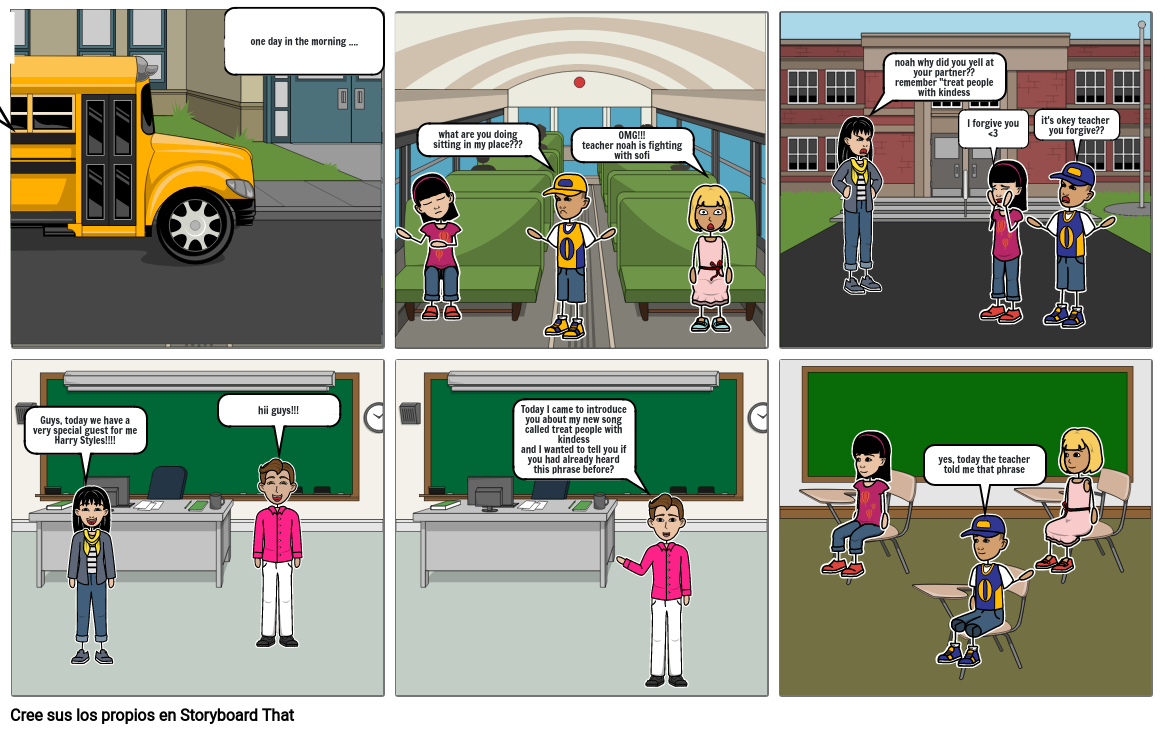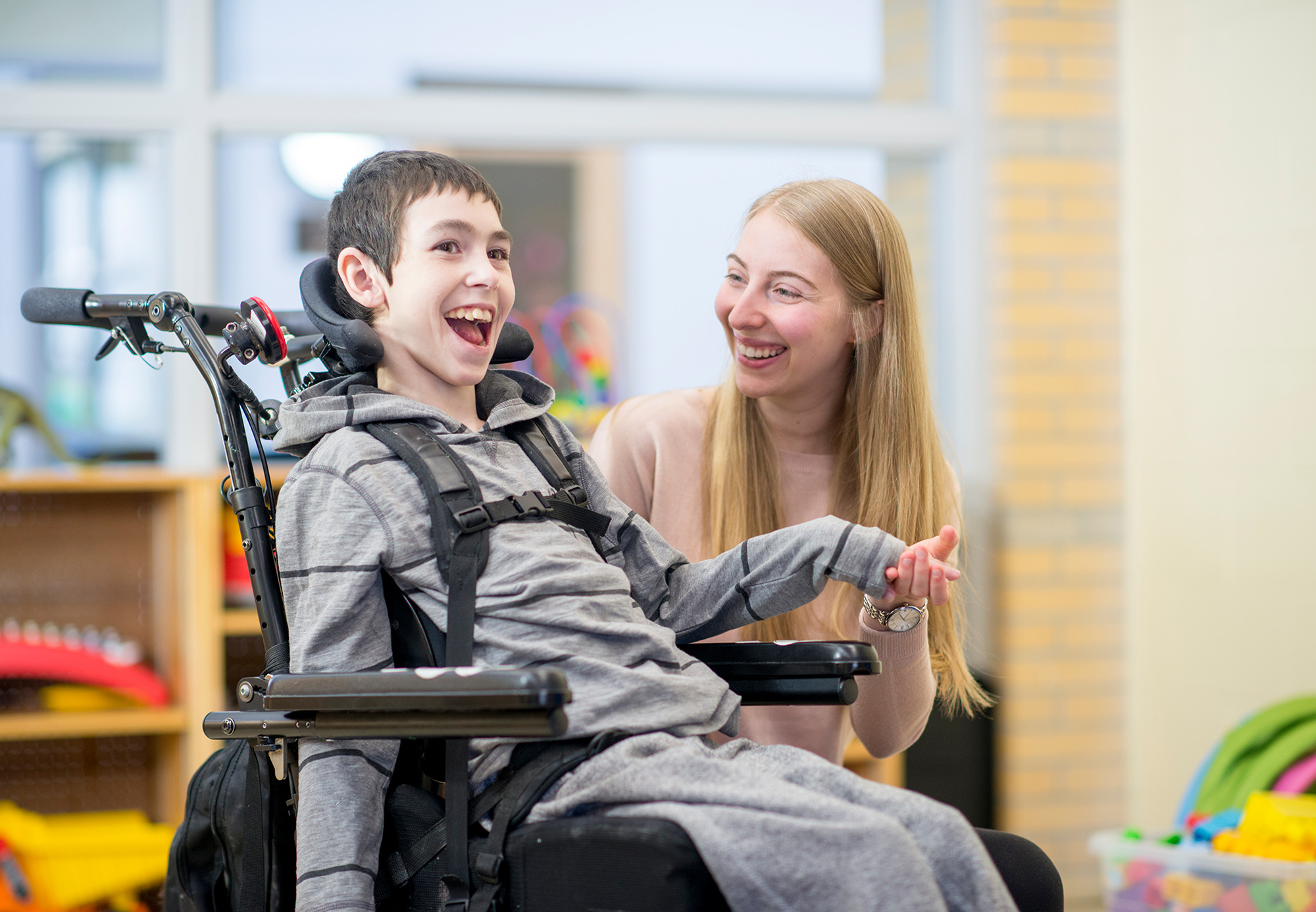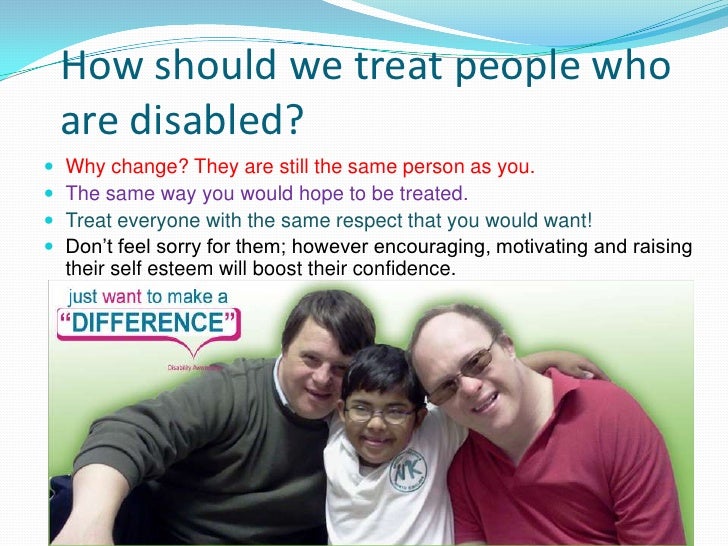Great Tips About How To Treat People With Disabilities

It would be best if you had a sense of disability awareness and etiquette in mind so that the person with a disability doesn’t feel disrespectful in any way.
How to treat people with disabilities. These concerns are understandable, but it’s important to realize people with disabilities should be treated the same as everyone else. Disability etiquette promotes goodwill and respect among all people. One important way to show respect is through the language you use.
Treat a friend with a disability or. And this happens all the time. Last week, people with disabilities and other advocates, diplomats, and friends of the disability community gathered again at un headquarters in new york to exchange views on how the.
If you are introduced to someone with a disability, shake hands as you normally would. General etiquette guidelines. Focus on the person at hand and their individual personality.
Unless it’s math, which at least in my case, i will need dumbed down for me. There's a provocative but important phrase often heard in and around disability culture: How to treat people with illnesses and disabilities.
It helps make society more inclusive for everyone. At some point in our lives, most of us will develop a disability, know someone who has one, or both. In a 2021 study, iezzoni writes, “more than 30 years following the ada, most physicians still do not use accessible equipment for routine medical care for patients with mobility disability.”.
There’s no questioning how important it is that we treat disabled people with respect. If they use a wheelchair, use a chair to be on their same eye level if you are having a long conversation. Offer a smile, say hello, be courteous, offer a compliment and, in general, be a kind human to all human beings.
Sadly many doctors remain rooted in the medical model and are arguably among the ada’s worst offenders. They may have a different way of living, and may learn things differently, but they are skilled, wonderful people. Disability is part of being human and is integral to the human experience.
It results from the interaction between health conditions such as dementia, blindness or spinal cord injury, and a range of environmental and personal factors. If you are having a conversation with someone with a disability, it’s a good idea to: Disability sensitivity training video watch on people with disabilities are human.
Goats and soda what's the secret to india's paralympics success? The most important part of interacting with someone who has a disability is seeing that person for whom he or she is, and not what disability that person has. They have wants, needs, and people who love them just like others do.
Listen and respond to the patient’s health concerns. Social constructs and ways of thinking have framed the views of society and therefore how people with disabilities were treated. People with disabilities have always been a part of society, but they were not always accepted and looked after like we do now.


















